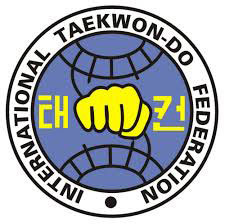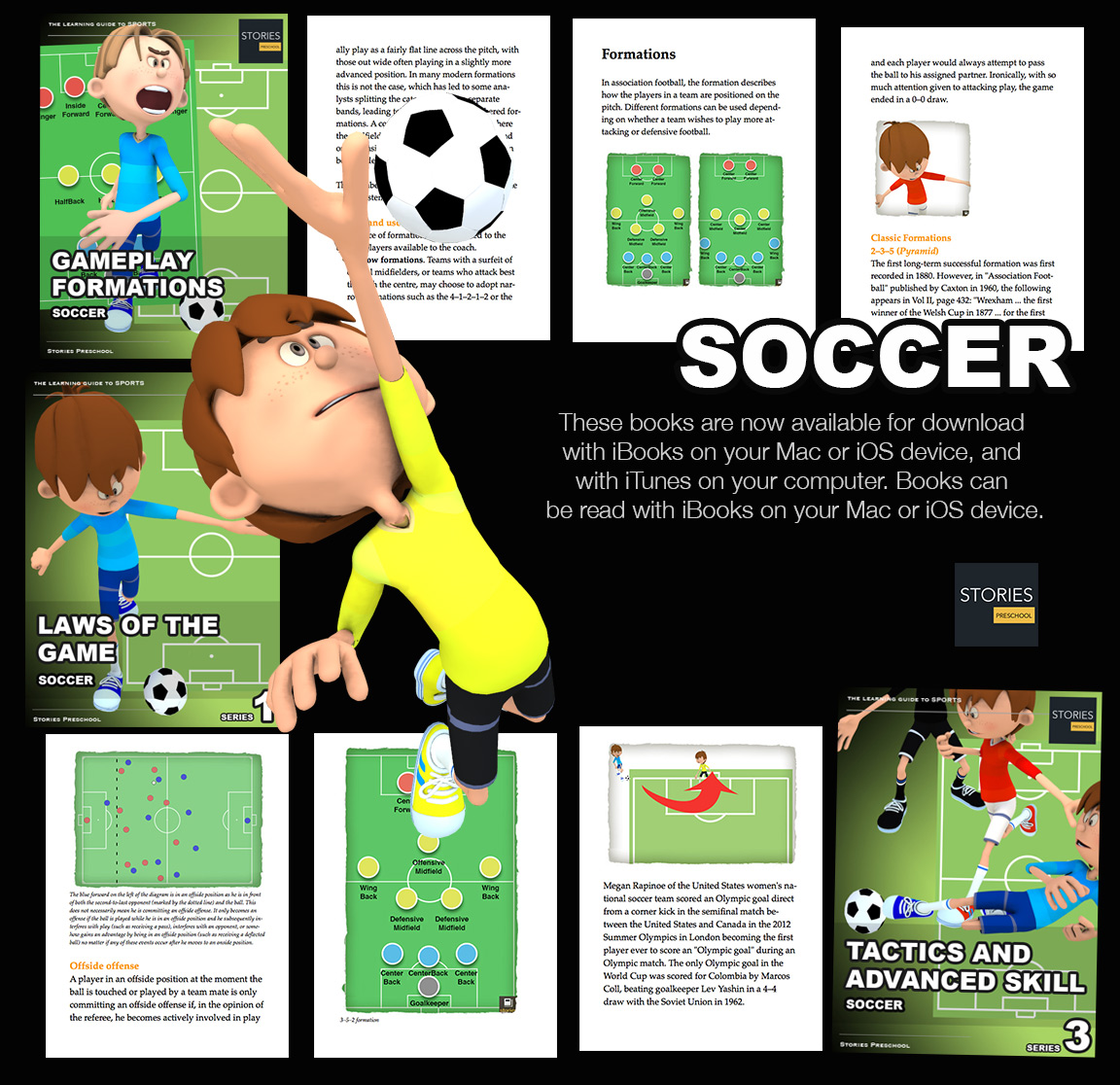Taekwondo 태권도Taekwondo Preschool
In some schools, permission to begin sparring is granted upon entry. The rationale for this decision is that students must learn how to deal with a fast, powerful, and determined attacker. In other schools, students may be required to wait a few months, for safety reasons, because they must first build the skills they would ideally employ in their sparring practice. View Taekwondo Sparring »

International Taekwondo Federation (ITF) Sparring
( 맞서기 matsogi )
Sparring is a form of training common to many combat sports. Although the precise form varies, it is essentially relatively 'free-form' fighting, with enough rules, customs, or agreements to make injuries unlikely.
The International Taekwondo Federation's sparring ( 맞서기 matsogi ) rules are similar to the World Taekwondo (WT)'s rules, but differ in several aspects.
Competitors do not wear the hogu (although they are required to wear approved foot and hand protection equipment, as well as optional head guards). This scoring system varies between individual organizations within the ITF- for example, in the TAGB, punches to the head or body score 1, kicks to the body score 2 and kicks to the head score 3.
A continuous point system is utilized in ITF sparring ( 맞서기 matsogi ) competition, where the fighters are allowed to continue after scoring a technique. Full-force blows are allowed, and knockouts result in a victory; although these rules vary between ITF organizations. At the end of two minutes (or some other specified time) the competitor with more scoring techniques wins.
Fouls in ITF sparring ( 맞서기 matsogi ) include heavy contact, attacking a fallen opponent, leg sweeping, holding/grabbing, intentional attack to a target other than the opponent.
ITF Sparring ( 맞서기 matsogi )
- Hand and foot attacks to the head are allowed.
- The scoring system is:
- 1 Point for: Punch to the body or head.
- 2 Points for: Kick to the body.
- 3 Points for: Any kick to the head.
- The competition area may vary between 10x10 meters or 10x10 meters in international championships.
ITF competitions also feature performances of patterns, breaking, and 'special techniques' (where competitors perform prescribed board breaks at great heights).

ITF competition sparring ( 맞서기 matsogi ) rounds are 2 minutes and in national and international levels of competition they hold two rounds each 2 minutes with a one minute rest in between. Certain rules are no strikes below the belt, no elbow strikes, brawling, no falling down, no going outside of the ring, hit to the groin and knee strike are not allowed. The ring is a 9 metre by 9 metre (8 x 8 metre optional) ring marked by square mats or tape instead of a traditional style kickboxing rings with ropes. It has no sides allowing the fighter to move out of bounds. Whenever a fighter creates an infraction of the rules the centre referee will issue a warning to the fighter who created the infraction. 3 warnings equals a minus point. If a fighter uses excessive contact, he or she will be given a foul, which is an automatic minus point ; three fouls in a bout results in disqualification. ITF taekwon-do is fought in continuous point sparring. Four judges score the fights in each of the corners in the square ring. After the fight, a judge votes for which ever fighter has the most points and a winner is declared. In the case of a draw the fighters go to a one minute overtime round. If there is another draw the fighters go to a sudden death round where the fighter who scores first is declared the winner.
The official rules for ITF sparring ( 맞서기 matsogi ) competition are available at the ITF website.
* Please see a certified Master Instructor ( 사범님 sabeomnim ) for training. Proper guidance and instructions are needed to ensure safe training.
Risk of injury can be reduced by completing an effective warm up consisting of a heart raiser to get your pulse up, followed by sport specific dynamic stretches (stretches whilst moving). Please follow the guidance of a certified Master Instructor or trainer when doing sports related activities. Depending on the intensity of the exercise, cooling down can involve a slow jog or walk, or with lower intensities, stretching can be used. Cooling down allows the heart rate to return to its resting rate. View more information on Warming Up and Cooling Down ».
This article uses material from the Wikipedia articles "Warming Up" and "Cooling Down", which is released under the Creative Commons Attribution-Share-Alike License 3.0.
RESOURCES
This article uses material from the Wikipedia article "International Taekwon-Do Federation" which is released under the Creative Commons Attribution-Share-Alike License 3.0.









